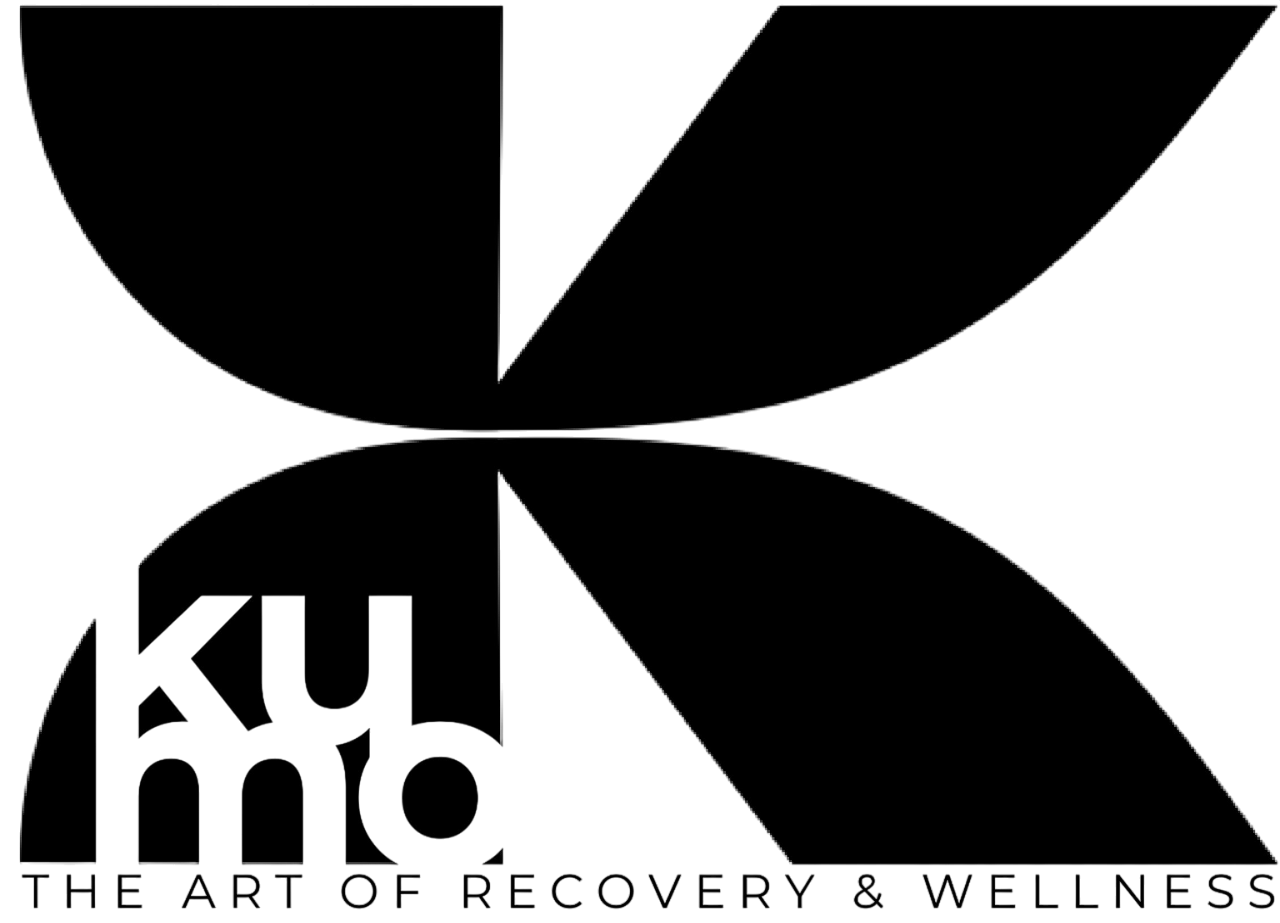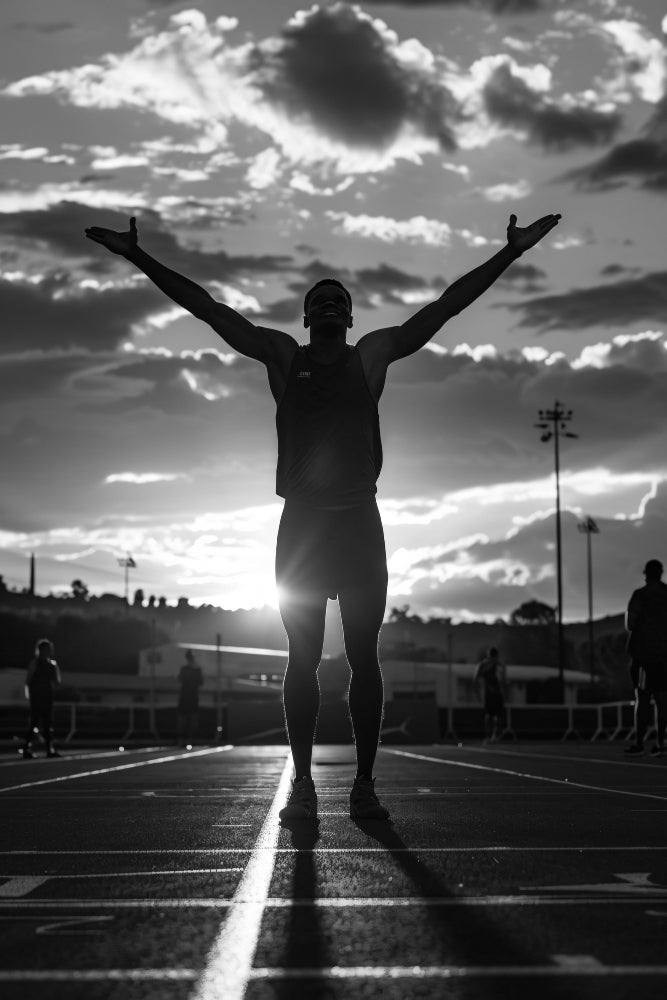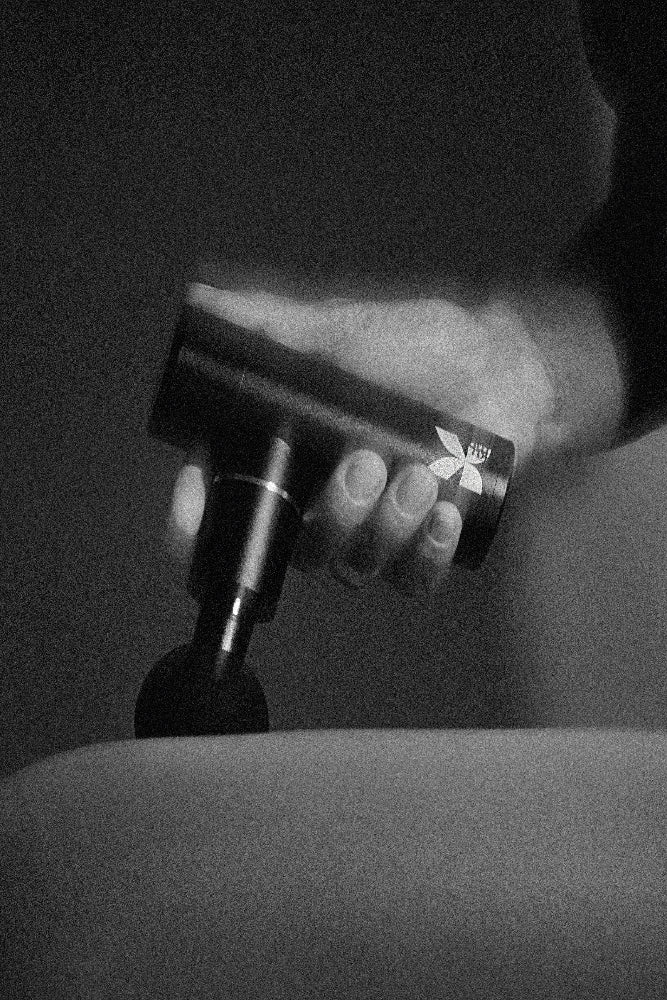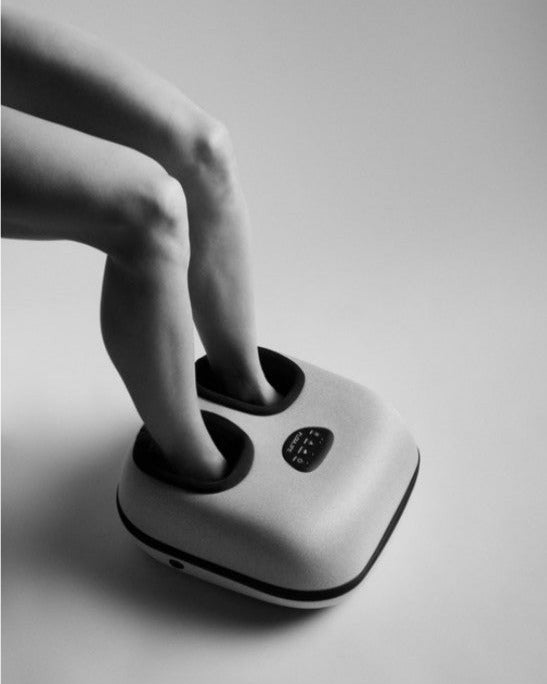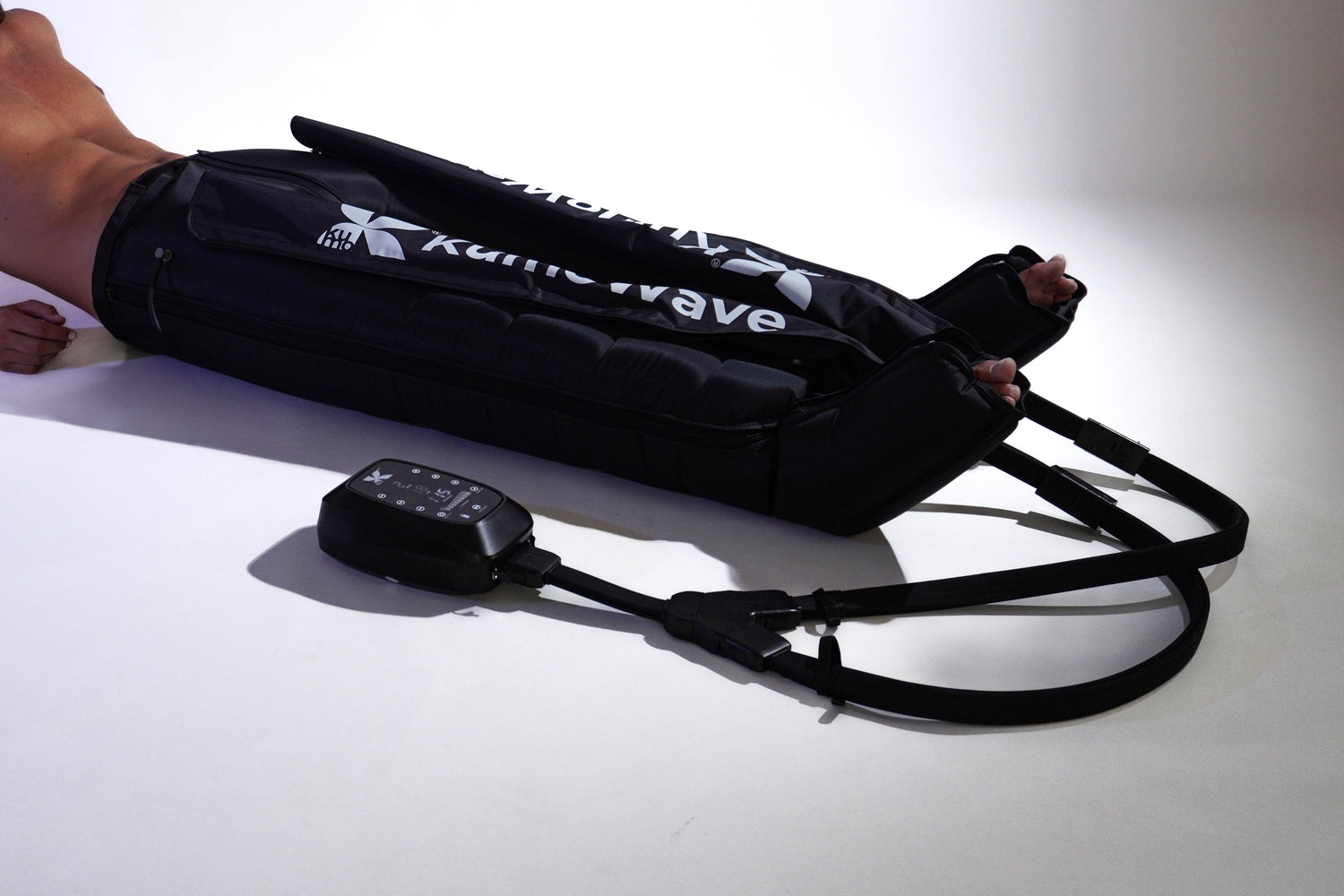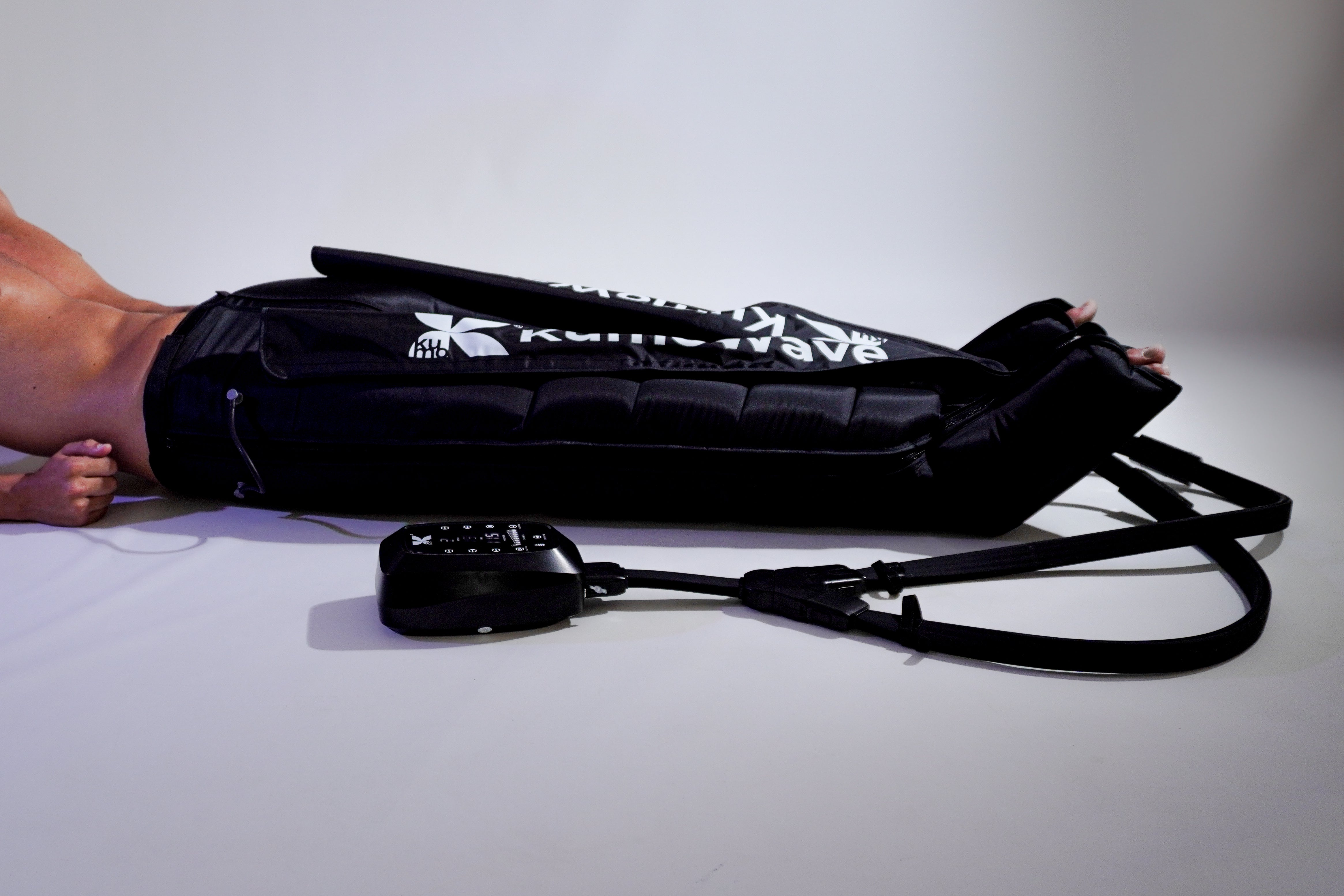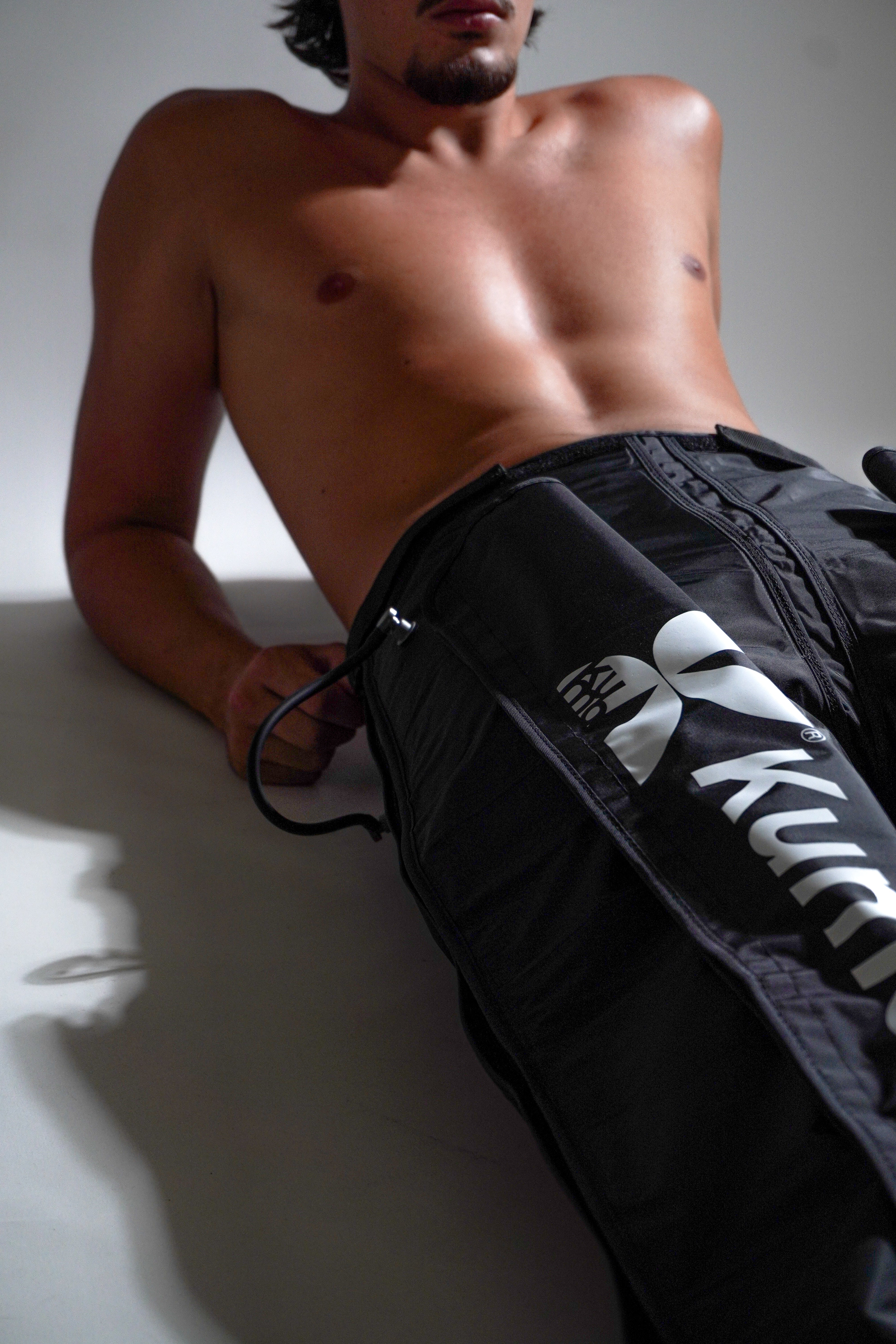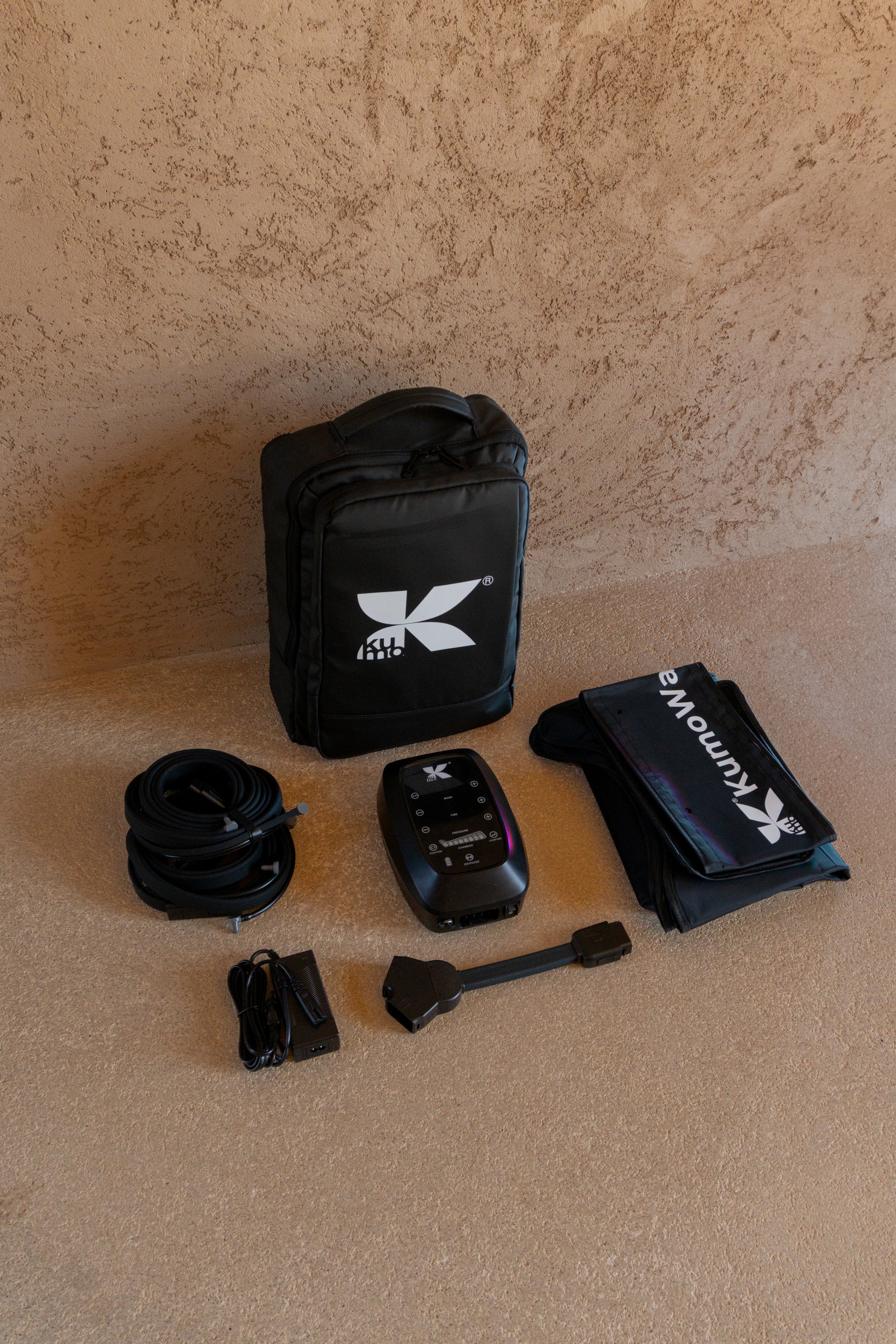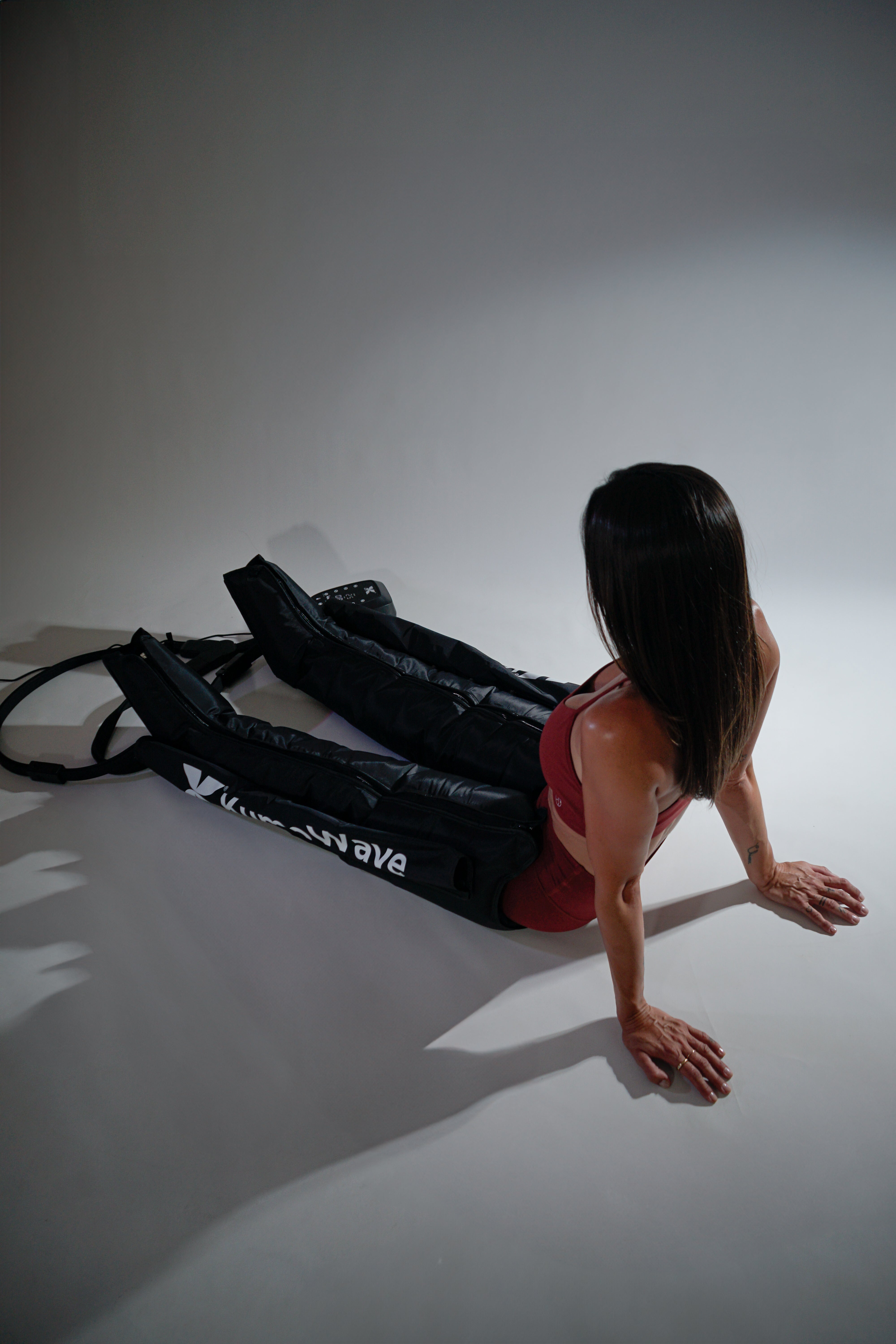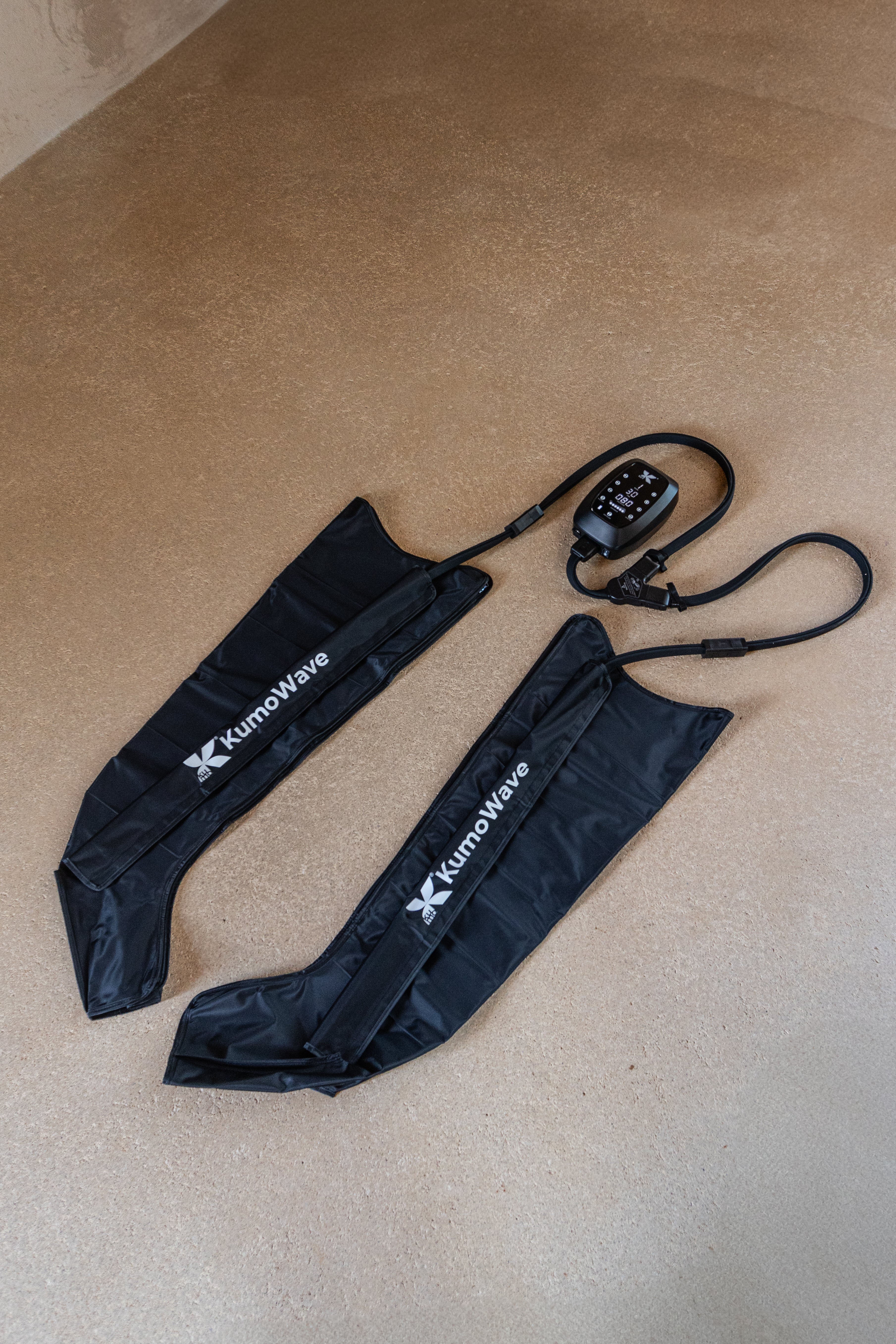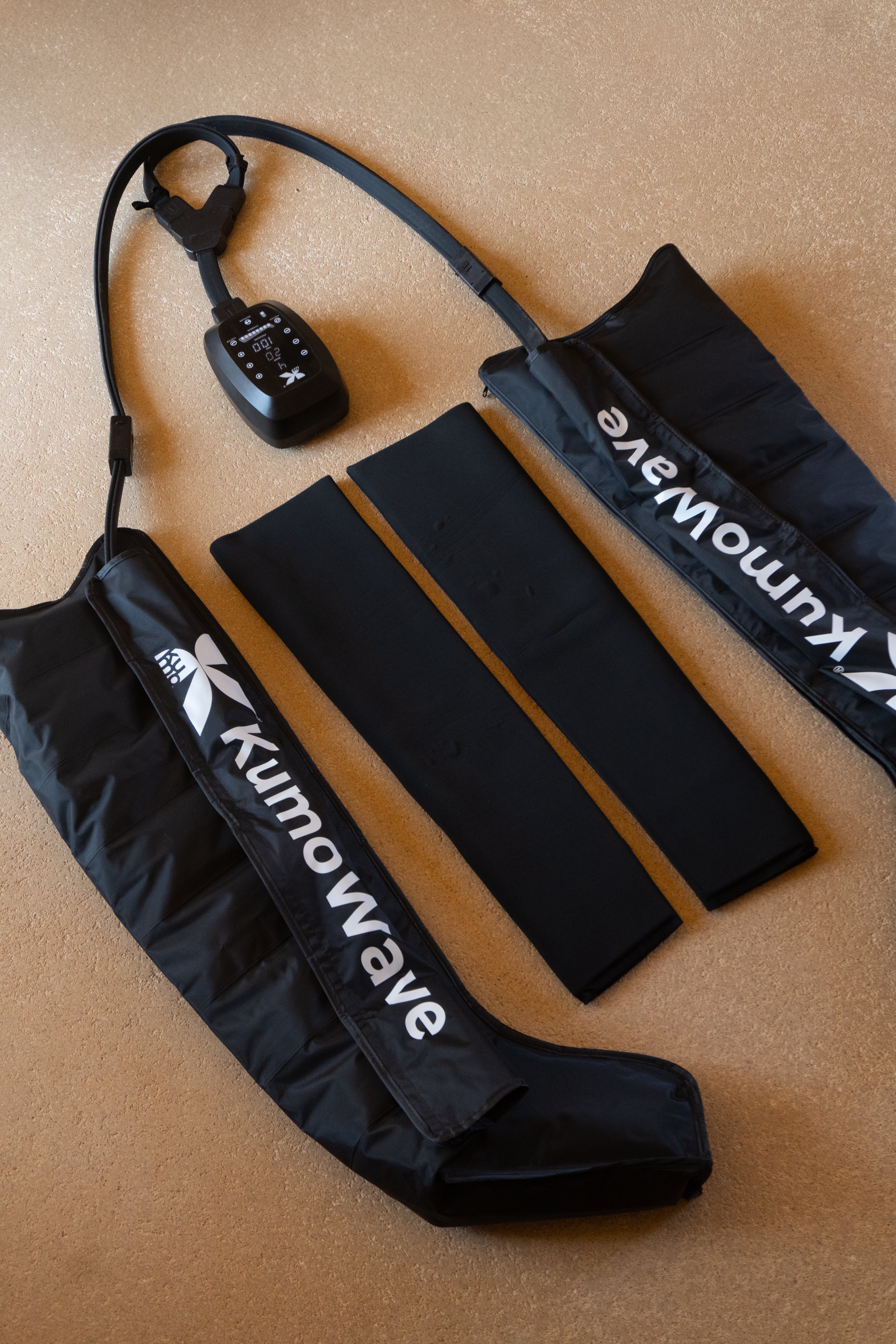Pressotherapy boots: what they are, how they work, and why they improve your circulation.
If you're looking to relieve tired legs, reduce swelling, and optimize your recovery, compression boots are an effective and safe solution. This intermittent pneumatic compression system stimulates venous return and lymphatic drainage, helping to move stagnant fluids, oxygenate tissues, and relax muscles. Below, we explain their benefits, how to use them correctly, and what to look for when choosing the right equipment.
Coming soon
- Improved venous return and relief from heavy legs in 20–30 minutes per session.
- Reduction of edema and fluid retention thanks to sequential air massage.
- Faster sports recovery by facilitating the elimination of metabolites and muscle relaxation.
- Safe home use with clear guidelines for pressure, duration and frequency.
- Specific contraindications: consult if you have thrombosis, peripheral artery disease, skin infection, or uncontrolled heart disease.
| Aim | Recommended setting | Indicative frequency |
|---|---|---|
| Relieve tired legs | Light-medium pressure (40–80 mmHg) | 20–30 min, 3–5 days/week |
| Reduce swelling (fluid retention) | Sequential program with distal-proximal emptying | 30–45 min, alternate days |
| Sports recovery | Average pressure (60–90 mmHg) after exercise | 20–30 min, 24–48 h post-workout |
| Well-being and maintenance | Comfortable and progressive pressure | 15–20 min, 2–3 days/week |
What are pressotherapy boots and how do they work?
Pressure therapy boots are covers with air chambers that inflate and deflate sequentially. This cycle generates compression that pushes blood and lymph from the feet toward the heart, mimicking a physiological "massage."
Intermittent pneumatic compression: the principle
Intermittent pneumatic compression (IPC) alternates between pressure and release phases. This gradient first applies pressure to distal areas (ankles) and progresses to proximal regions (thighs), promoting:
- Venous return and reduction of blood stasis.
- Lymphatic drainage and the movement of interstitial fluids.
- An analgesic-relaxing effect by reducing muscle tension.
For the medical approach to IPC, see this guide from the Cleveland Clinic.
Expected physiological effects
- Less heaviness and night cramps by improving venous hemodynamics.
- Decreased leg circumference associated with mild edema.
- Feeling of light legs and faster subjective recovery after exertion.
Tip: Look for a firm but comfortable compression sensation. Persistent pain or tingling indicates excessive pressure or an improper fit.
How do they differ from other solutions?
- Compared to compression stockings: Boots apply dynamic and programmable compression, not static.
- Compared to a manual massage, they offer consistent and uniform sessions, ideal for regular use at home.
- They complement, not replace, habits such as walking, elevating your legs, and proper hydration.
Benefits for circulation and legs
Relief from tired legs and mild edema
IPC reduces fluid accumulation and improves venous return. In cases of poor functional circulation (sedentary lifestyle, long periods of standing), a 20–30-minute routine helps relieve leg pressure and reduce evening swelling.
Varicose veins and mild venous insufficiency: symptomatic support
Boots can relieve symptoms such as heaviness and pain associated with mild varicose veins, as a complement to elastic compression, mobility, and weight control. Clinical evidence in venous conditions suggests that adding CPI may be useful in specific contexts; for example, the Cochrane review on venous ulcers (2014) observed benefits when combined with other compression measures.
Muscle recovery after exercise
In athletes, sequential compression may accelerate the perception of recovery and reduce delayed-onset muscle soreness. A 2015 study in athletes showed improvements in fatigue symptoms following dynamic peristaltic compression protocols, especially when applied within 24–48 hours post-training.
Who are they suitable for?
- People with swollen or tired legs due to a sedentary lifestyle or standing work.
- Frequent travelers or those who remain seated for many hours.
- Athletes looking to optimize recovery and the feeling of fresh legs.
- Users with mild fluid retention who do not have contraindications.
If you're interested in equipment geared toward wellness and recovery, explore our collection of pressotherapy devices designed for easy and effective home use.
How to use them step by step
- Adjust the size: the cameras should cover from the foot to the thigh without folds.
- Select sequential program with distal–proximal gradient.
- Choose a “firm comfort” pressure: typically 40–90 mmHg. Start low and gradually increase.
- Duration: 20–30 minutes per session; 30–45 if there is more swelling.
- Frequency: 3–5 times per week for wellness; after training, within 24–48 h.
- Position: Lying or reclining with legs at heart level; hydrate before and after.
Tip: Combine the session with slow diaphragmatic breathing to enhance venous return.
Safety and contraindications
Pressotherapy is safe for the general population when the pressure and time are respected. Avoid its use and consult a professional if you have:
- Current or recent deep vein thrombosis (DVT), or high thrombotic risk.
- Moderate-severe peripheral arterial disease.
- Decompensated heart failure, uncontrolled cardiac or renal edema.
- Active skin infection, unprotected open wounds, or severe neuropathy.
- Pregnancy: Consult beforehand; in many cases, pressure and duration are adjusted.
For a personalized assessment, you can write to us from the contact page.
How to choose good pressure therapy boots
- Number of chambers and overlap: more segments = more progressive and uniform massage.
- Stable and true pressure range: allowing 30 to 100 mmHg with fine control.
- Programs and inflation cycle: sequential, with “hold” option and complete deflation.
- Sizing and ergonomics: leak-free fit, solid zippers, easy-clean interior.
- Noise and portability: ideal if you plan to use them at night or in different rooms.
- Service and warranty: After-sales support and spare parts available.
At KUMO, we combine aesthetics, technology, and performance to facilitate a consistent recovery routine. Learn about our approach at KUMO .
Integrate pressotherapy into a recovery routine
- After training: 20–30 min of pressotherapy + gentle stretching.
- Rest days: light session to promote drainage.
- Useful add-ons:
- Red light for muscle recovery and restful sleep: discover LED light therapy .
- Myofascial release before or every other day with the KUMOPulse Air massage gun .
- Habits: walking, elevating legs at the end of the day, and staying hydrated.
Results: What to Expect and When
- First session: feeling of lightness and less muscle tension.
- 1–2 weeks: Progressive reduction of evening swelling and better night’s rest.
- 3–4 weeks: Greater consistency of symptom relief and better perceived recovery. The answer varies depending on lifestyle, activity level, and consistency. If you have a medical condition, coordinate use with your healthcare professional; evidence in clinical settings suggests benefits when IPC is integrated into multimodal care plans, as clinical resources like the Cleveland Clinic point out.
Frequently Asked Questions
How many times a week can I use the pressure therapy boots?
For well-being and circulation, 3–5 weekly sessions of 20–30 minutes are usually sufficient. If you're looking for sports recovery, you can use them after intense workouts and in the 24–48 hours following. In cases of mild fluid retention, alternating days with 30–45 minutes helps consolidate drainage. Adjust the frequency to your sensation: moderate consistency beats excessive. If you have a diagnosed vascular or lymphatic condition, follow your specialist's guidelines.
What pressure is appropriate to start with?
Start with light-medium pressure (40–60 mmHg) and prioritize comfort: the compression should feel firm, without pain or numbness. Gradually increase to 80–90 mmHg if you're looking for a deeper massage and tolerate it well. Avoid exceeding the range recommended by the manufacturer or your doctor. Remember that too much pressure doesn't necessarily "drain more" and can be counterproductive.
Do they help with cellulite and fluid retention?
Pressotherapy promotes lymphatic drainage and microcirculation, which can temporarily reduce the feeling of swelling and improve the appearance of the skin by reducing edema. It is not a definitive aesthetic treatment on its own, but it is a good complement to exercise, hydration, and a balanced diet. Consistency (2–4 sessions/week) often makes a difference in the perception of lightness and tone.
Is it better to use them before or after training?
After training, this is the most common option: 20–30 minutes helps mobilize metabolites and relax muscles, promoting recovery. Before training, a short, gentle session can "activate" circulation without fatigue. Avoid intense compression just before maximum effort. In sports with high weekly loads, alternate pressure therapy with myofascial release and active rest for a comprehensive approach.
Can I use them if I have varicose veins?
For mild varicose veins, pressotherapy can relieve symptoms such as heaviness or cramping, especially when combined with elastic compression, mobility, and weight control. If you have moderate venous insufficiency or a history of thrombosis, consult your specialist first to determine the pressure, duration, and frequency. In the presence of active venous ulcers or peripheral arterial disease, medical evaluation is required for safe and effective use, as reflected in Cochrane -type clinical reviews.
To remember
- Pressotherapy promotes venous return and lymphatic drainage with 20–30 minute sessions.
- Relieves tired legs, reduces mild edema and speeds recovery after exercise.
- Start with moderate pressure and gradually increase according to your comfort.
- Avoid use with vascular or cardiac contraindications or active infections without consulting.
- Choose equipment with good pressure control, multiple chambers, and reliable programs.
- Take the next step: integrate pressotherapy into your routine and explore wellness solutions at KUMO or visit our pressotherapy collection .
